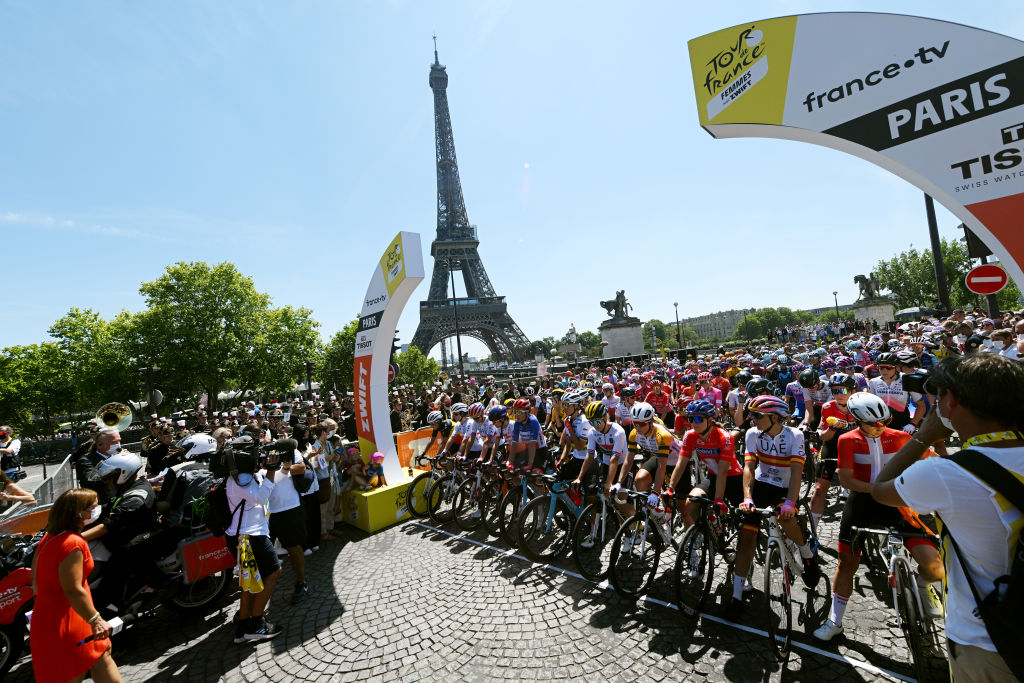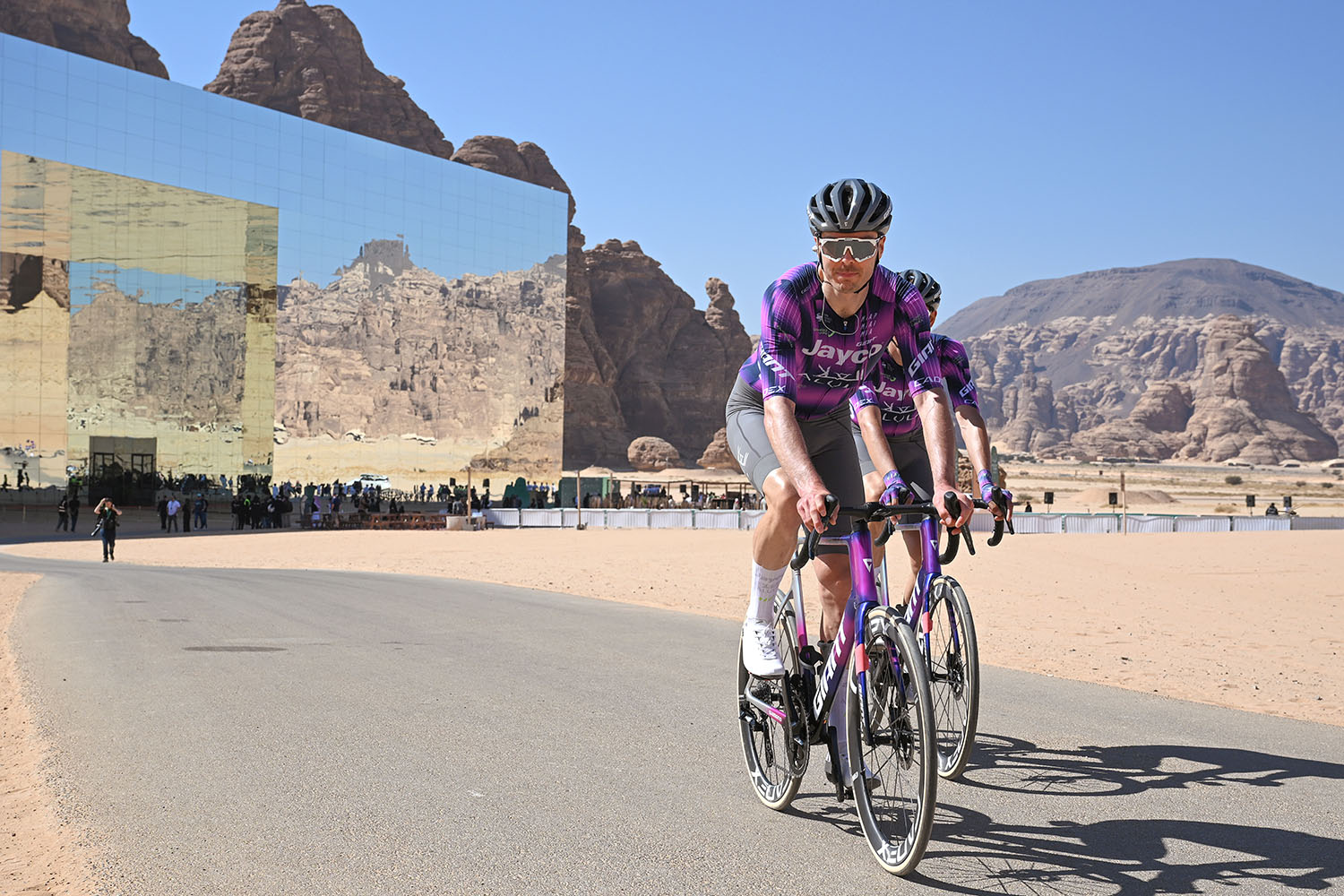‘The Tour de France Femmes is different to any other races’ - Rachel Hedderman
Scale of race is undeniable, says EF Education-TIBCO-SVB manager

The scale and the importance of the inaugural Tour de France Femmes avec Zwift is undeniable and ‘you’re not going to fool anybody’ otherwise, says Rachel Hedderman.
Speaking in Paris on the morning of the race, the EF Education-TIBCO-SVB director-turned-manager underlined that it would be hard to convince her riders that this was just another race in the face of the huge fanfare in Paris.
"You’re not going to fool anybody that this is just the same as, you know, Joe Martin Stage Race,” she said. “You can say what you like to try and remind riders, but they still see all of this. Yesterday the whole rider briefing and the photos and everything, it’s different to any other races.”
As well as the scale of the race as a whole, it is clear each team is bringing more people and more resources to what has already become a centre point of the women’s calendar.
“For us, one of the biggest things is that I’m used to being at a race with a mechanic, two swannies and me and that’s it,” Hedderman said. “And here, we have 10 or more staff and a lot of sponsors with us. Even just the team, the whole set up, instead of it being the normal 10 people, I think we have 30 people here.
“Right from the start, it’s a completely different scale from what we’re used to.”
Part of that is due to the fact that teams now have more access to such resources, due to an increase in sponsorship that has emerged since the announcement of the Tour de France Femmes.
The latest race content, interviews, features, reviews and expert buying guides, direct to your inbox!
“No sponsor is specifically saying ‘because there’s a women’s Tour, we will now sponsor a women’s team’,” Hedderman said. “It’s just that the profile of women’s cycling is growing that much, and the Tour is an indication of that. It’s a step up in worldwide visibility of women’s cycling and that’s what gets the sponsors involved.”
Whilst a lot has been made about the Tour de France and the perceived progress of women’s cycling, Hedderman considers that the commercial growth of the sport does not necessarily mean a change in the racing or level.
“When we were racing, we raced just as aggressively as the raiders do now so that’s not different,” she said. “The actual dynamics of the race itself are similar to what they were before, it’s just that now, more people can see it. That’s been the biggest change, the visibility, not the race itself.”
However, there are some limitations to the scale of the race that are already emerging. Many riders spoke excitedly before the race about being on the podium in Paris, but the women’s race will not feature on the main, iconic stage 21 podium. The post-stage presentations were made on an additional stage, and there will be no handover of the yellow jersey on Sunday evening.
Furthermore, much of the infrastructure around the race was still being set up even within the last hour of the women’s race, and the VIP stands that line the Champs-Élysées were not welcoming guests in the early afternoon, schedules seemingly still aligned to the men’s race.
Matilda is an NCTJ-qualified journalist based in the UK who joined Cyclingnews in March 2025. Prior to that, she worked as the Racing News Editor at GCN, and extensively as a freelancer contributing to Cyclingnews, Cycling Weekly, Velo, Rouleur, Escape Collective, Red Bull and more. She has reported from many of the biggest events on the calendar, including the Giro d'Italia, Tour de France Femmes, Tour of Flanders and Paris-Roubaix. She has particular experience and expertise in women's cycling, and women's sport in general. She is a graduate of modern languages and sports journalism.
- Kirsten FrattiniEditor
